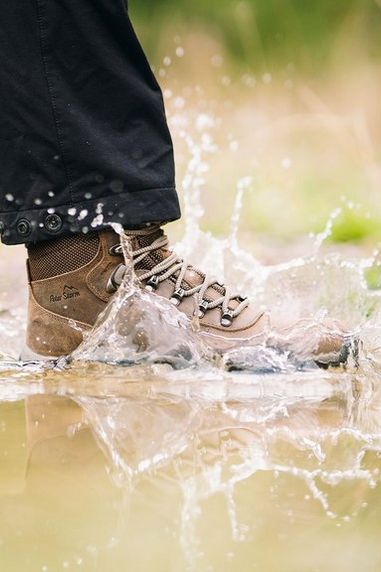When the temperature drops, and winter's chill sets in, a reliable insulated jacket becomes an essential piece of outdoor gear. Whether you're trekking through snow-covered trails, hitting the slopes, or simply navigating the city streets in the cold, the right insulated jacket can make all the difference in keeping you warm and comfortable. In this comprehensive guide, we'll explore everything you need to know about insulated jackets—from types and materials to choosing the perfect one for your winter adventures.
Types of Insulation: Understanding the Basics
Down Insulation:
Natural Insulation: Down is sourced from duck or goose feathers, offering excellent warmth-to-weight ratio.
Packability: Down jackets compress well, making them highly packable and ideal for activities where space is a premium.
Warmth: Down provides exceptional warmth, but it loses its insulating properties when wet.
Synthetic Insulation:
Water Resistance: Synthetic insulation retains its insulating abilities even when wet, making it a suitable choice for damp conditions.
Quick Drying: Synthetic jackets dry faster than down, making them a practical option for wet environments.
Hypoallergenic: Suitable for individuals with allergies to down feathers.
Understanding Fill Power: Quality of Down Insulation
Fill Power Rating: Denoted by a number, e.g., 600-fill or 800-fill, it measures the volume in cubic inches that one ounce of down occupies. Higher fill power indicates better loft and insulating properties.
Loft: Loft refers to the fluffiness of the down. Higher fill power results in greater loft, providing more warmth without adding weight.
Insulation Weight: Balancing Warmth and Versatility
Lightweight Insulation: Ideal for high-output activities where mobility and breathability are crucial.
Midweight Insulation: Offers a balance between warmth and versatility, suitable for a range of activities in varying conditions.
Heavyweight Insulation: Designed for extreme cold conditions or static activities where maximum warmth is essential.
Jacket Styles: Choosing Based on Activity
Puffer Jackets:
Versatility: A classic choice suitable for various activities, from casual outings to outdoor adventures.
Compact Design: Puffers compress well, making them easy to pack and carry.
Hardshell Insulated Jackets:
Weather Resistance: Combines insulation with a waterproof, windproof, and breathable outer layer.
Versatile Protection: Ideal for activities where protection against the elements is crucial.
Softshell Insulated Jackets:
Breathability: Designed for high-intensity activities, providing warmth while allowing moisture and heat to escape.
Versatility: Suitable for a range of conditions, offering a balance between insulation and breathability.
Features to Consider: Tailoring Your Jacket Choice
Hood: A insulated hood provides additional warmth and protection against wind and snow.
Adjustable Cuffs and Hem: Customizable fit to seal in warmth and block out cold drafts.
Pockets: Consider the number and placement of pockets based on your needs—handwarmer pockets, chest pockets, and interior pockets.
Ventilation Zips: Some jackets come with zippered vents to release excess heat during high-intensity activities.
Water-Resistant Finish: Enhances the jacket's ability to shed light rain or snow.
Articulated Design: Jackets with articulated sleeves and a tailored fit enhance mobility and comfort during dynamic activities.
Caring for Your Insulated Jacket: Maintenance Tips
Storage: Store your jacket uncompressed in a dry, cool place to maintain its loft and insulating properties.
Cleaning: Follow the manufacturer's care instructions. Most down jackets can be machine-washed, but be sure to use a specialized down cleaner.
Repair: Quickly address any tears or punctures to prevent loss of insulation. Most jackets come with patch kits for simple repairs.
Choosing the Right Fit: Finding Your Ideal Jacket Size
Layering Compatibility: Consider the types of layers you'll wear underneath. A snug fit ensures effective heat retention.
Mobility: Ensure the jacket allows for a full range of motion, especially in the arms and shoulders.
Length: Choose a jacket length based on your preferences and intended use. Longer jackets offer more coverage but may be less suitable for active pursuits.
Conclusion: Your Warmth, Your Way
Selecting the perfect insulated jacket involves finding the right balance between warmth, weight, and features that align with your outdoor activities. Whether you're conquering snowy peaks, strolling through winter landscapes, or simply braving the urban cold, the right insulated jacket can elevate your winter adventures, keeping you cozy and comfortable in the face of chilly temperatures. So, find your ideal balance, embrace the winter, and let your insulated jacket become your trusted companion in the frosty outdoors.




